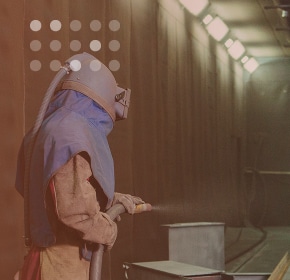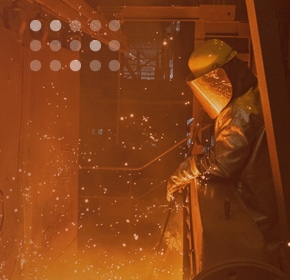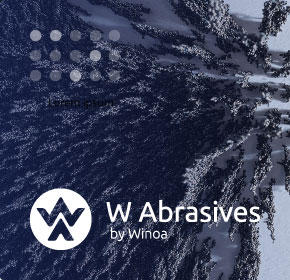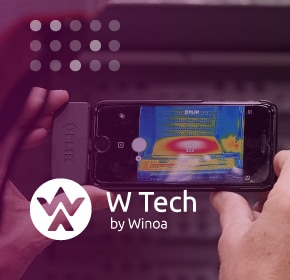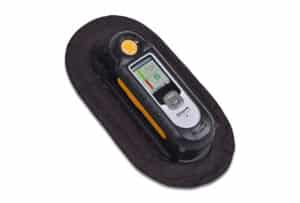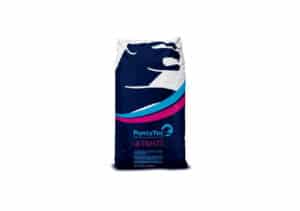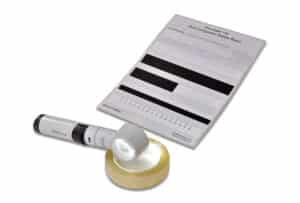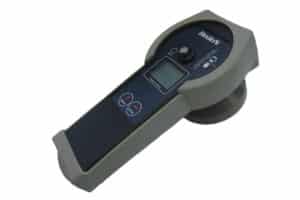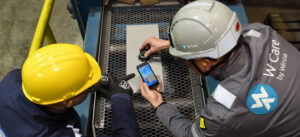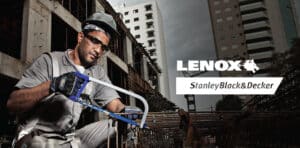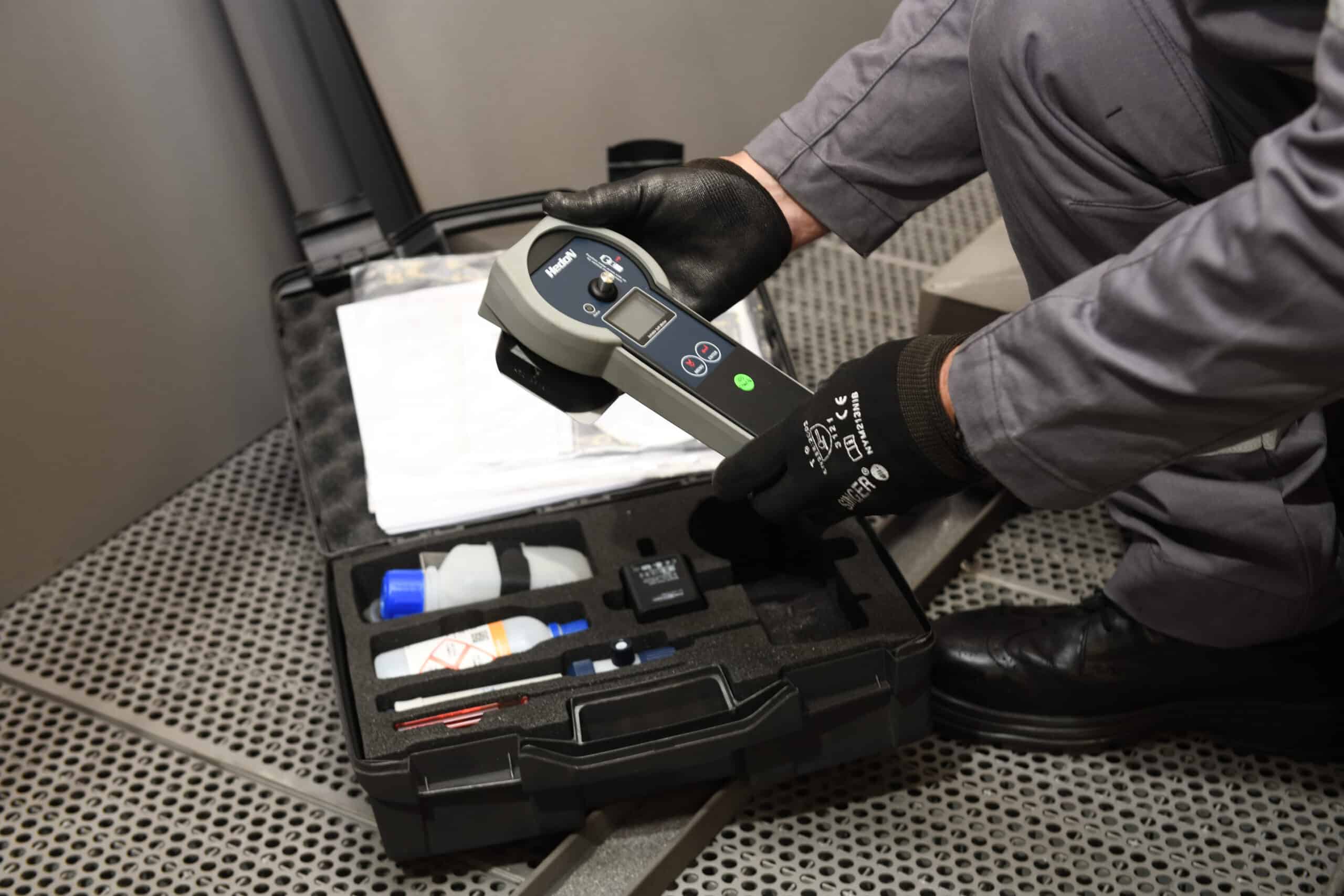
Surface cleanliness in every detail
The crucial role of surface cleanliness
Coating Success
All aspects of surface cleanliness of prepared parts prior to receive a coating are critical and have a significant impact on finished good quality, on productivity, shot consumption and blast cleaning cycle times. Overcleaning to be safe is expensive, and undercleaning will ruin your reputation!
As we all know, when a coating is required, its life is greatly affected by the quality of surface preparation, including its cleanliness level – percentage and degree of scale and contaminants. At the same time, it’s about reducing “blasting” costs, increasing the productivity of “shot blasting” operations and avoiding “over-cleaning” or “reblasting” a job. In the surface preparation environment, several factors influence the degree of surface cleanliness:
- The observer and his personal and subjective judgment of the situation
- The lighting, visibility and environmental conditions
- The training and role of the evaluator (customer, operator, salesperson, etc.).
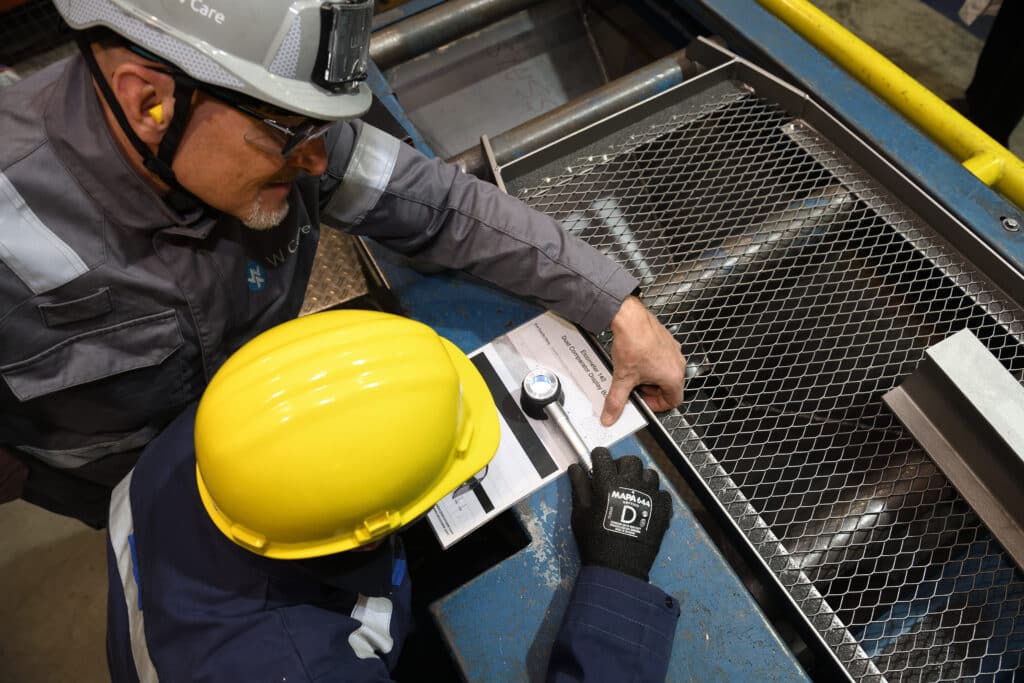
Winoa’s products and technologies for surface cleanliness
Discover our product range
How is surface cleanliness defined in metal finishing operations?
Criteria for Cleanliness
Surface cleanliness is the process of removing contaminants like oxidation, scale, welding residues, and coating leftovers from a metal surface. It shouldn’t be confused with surface profile; rather, it’s a measure of purity.
The level of cleanliness is judged based on two factors:
- The initial state of the surface
- The residual contamination left after cleaning, as per ISO 8501-1 standards. This could include scale, slag, oil, rust, soluble salts, and dust.
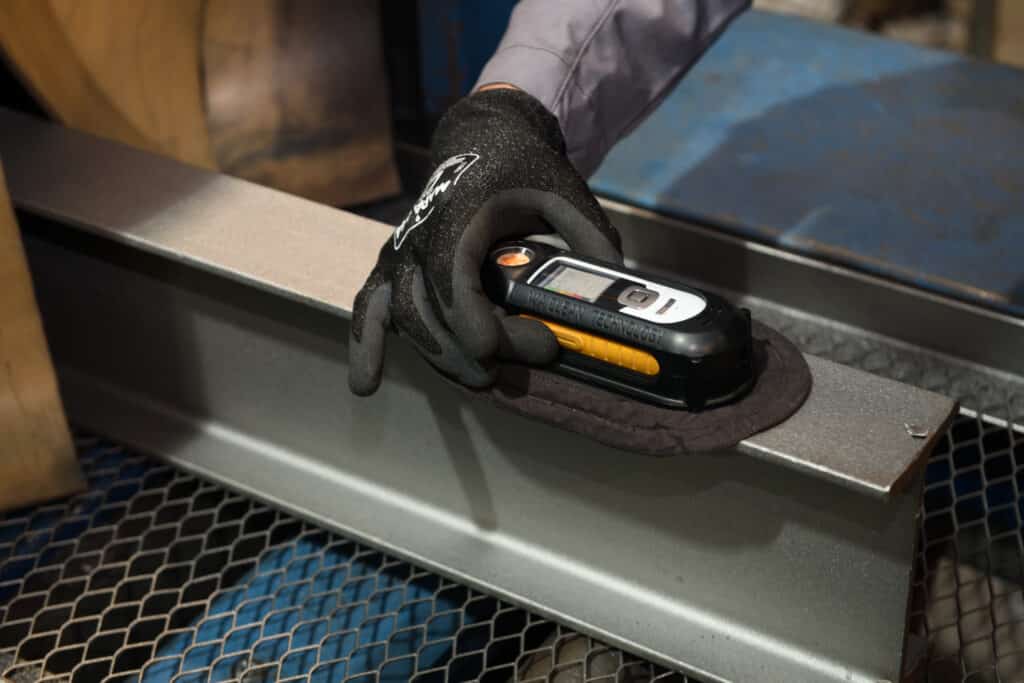
Surface cleanliness: Winoa's air quenching process vs. soluble salts
Elevate Coating Longevity
The Soluble Salt Challenge
The presence of soluble salts (primarily chlorides and sulfates) at the steel/paint interface is known to have a detrimental effect on the life of the coating. Abrasive conductivity is a measure of the concentration of the total water-soluble ions in the abrasive. As many studies have shown, this media contamination can be transferred to the blasted surfaces, accelerating corrosion (ASTM D4940) resulting potentially in catastrophic failures.
Winoa’s Air Quenching Advantage
With our unique air quenching process, WINOA’s steel shot and grit achieve conductivity levels of 30 µS/cm or less, which is well below the low end of the ASTM D4940 standard, but also much lower than those of our competitors who use a water quenching process or non-metallic abrasives (typically between 250 µS/cm and 600 µS/cm or more).
Contact Us for Superior Solutions
Improve your blasting operations and cleanliness
W Care service team
Benefit from the W Care expert team and W Tech Technologies.
Analyze the surface of your sandblasted surface with unique technologies and get personalized support on the best shotblasting techniques.
The WA Clean allows you to measure surface characteristics and cleanliness, which improves your blasting process, reduces sandblasting time and eliminate reblasting.
W Tech – Tools dedicated to optimizing your shot blasting processes…
